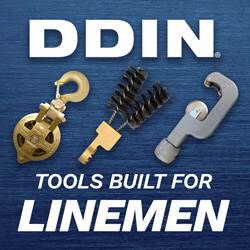Rather than overcomplicating PPE decisions, invest time in safety through design to minimize the likelihood of an arc event.
Accuracies are synonymous with safety and science. While many perceive that electrical safety needs to be highly exact, this article aims at creating awareness of why sticking to the basics is effective.
But before we delve into variability in electrical engineering, safe electrical work practices and electrical PPE, here is a brief story my second-year engineering physics professor shared when I was in school: A person stands in the center of a boxing ring; their soulmate stands in the corner. The person in the center is only allowed to walk toward their soulmate in discrete steps defined by exactly halving the distance between the two. The physicists witnessing this agree that it will be impossible for the distance between the two to ever reach zero. The engineers understand that they can eventually get as close to their soulmate as needed for a happily ever after.
Electrical Engineering
A post on Stack Exchange (https://electronics.stackexchange.com/questions/256283/what-does-the-us-power-supply-waveform-look-like) shows that 120 volts can actually be a 110-volt sine wave with a peak of 149 volts (see Picture 1), and even this varies between the home and the workplace (see Picture 2). The 110-volt equivalent (DC) – or root mean square – presents a 149-volt peak while a 122-volt equivalent presents a 165-volt peak (i.e., the measured empirical data differs from the theoretical conversion from root mean square to peak).
Continue reading at Incident Prevention
For more safety insights for the electric utility industry, check out how to optimize arc flash protection, information about equipment stabilization, or some great information on hand protection from electric shock.








0 Comments